#lucile watson
Text

The Charles family from THE THIN MAN GOES HOME (1944): William Powell, Myrna Loy, Lucile Watson, and Harry Davenport
85 notes
·
View notes
Photo

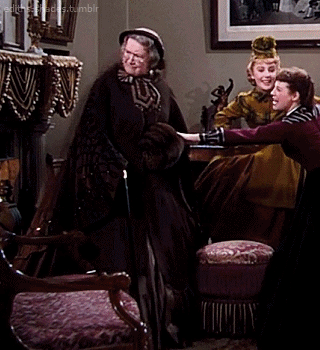
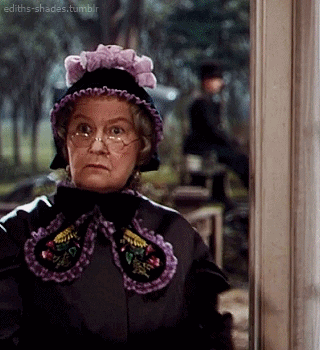

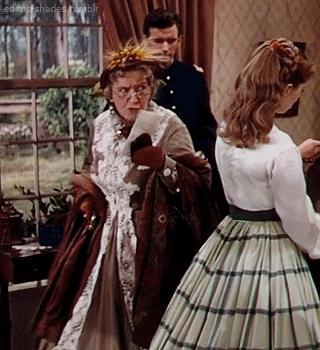
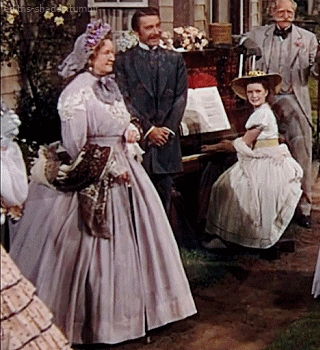
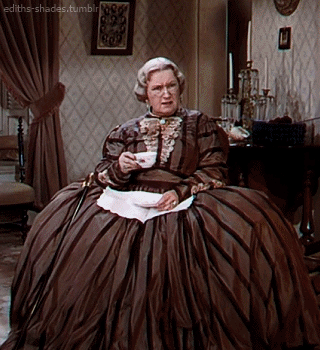

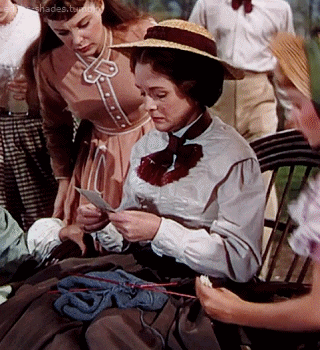
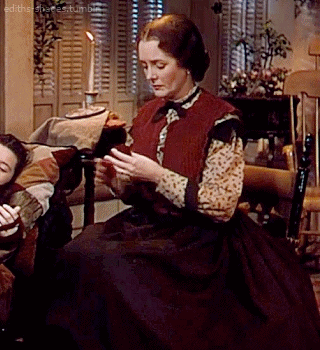
Costumes in LITTLE WOMEN (1949) [6/7].
Costume design by Walter Plunkett.
#Little Women#Lucile Watson#Mary Astor#1940s#40s movies#period costumes#my gifs#userthing#cinemapix#cinematv#cinemaspast#classicfilmcentral#silverscreendames#classicfilmsource#filmtvcentral#tvfilmsource#tvfilmspot#userstream#perioddramaedit#costumesource#filmedit#filmgifs#Walter Plunkett
80 notes
·
View notes
Text
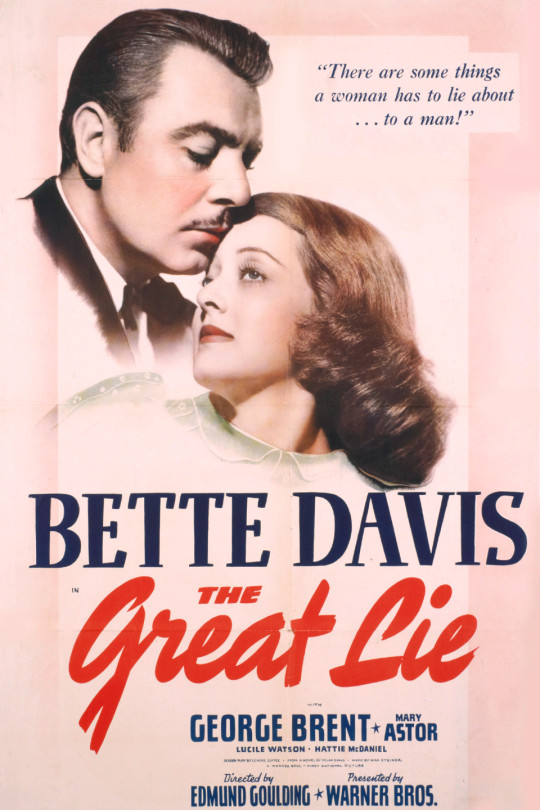
#The Great Lie#Bette Davis#George Brent#Mary Astor#Lucile Watson#Hattie McDaniel#Edmund Goulding#1941
3 notes
·
View notes
Text
"LITTLE WOMEN" (1949) Review
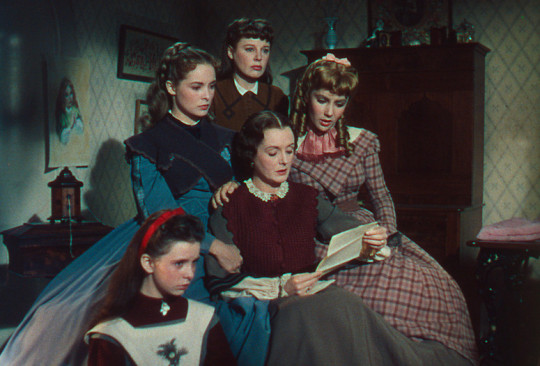
"LITTLE WOMEN" (1949) Review
Louisa May Alcott's 1868 novel is a bit of a conundrum for me. I have never been a fan of the novel. I have read it once, but it failed to maintain my interest. Worse, I have never had the urge to read it again. The problem is that it is that sentimental family dramas - at least in print - has never been appealing to me. And this is why I find it perplexing that I have never had any problems watching any of the film or television adaptations of her novel.
One of those adaptations proved to be Metro-Goldwyn-Mayer's 1949 adaptation, which was produced and directed by Mervyn LeRoy. It is hard to believe that the same man who had directed such hard-biting films like "LITTLE CAESAR", "I AM A FUGITIVE FROM A CHAIN GANG" and "THEY WON'T FORGET", was the artistic force behind this sentimental comedy-drama. Or perhaps MGM studio boss, Louis B. Meyer, was the real force. The studio boss preferred sentimental dramas, comedies and musicals. Due to this preference, he was always in constant conflict with the new production chief, Dore Schary, who preferred more realistic and hard-biting movies. Then you had David O. Selznick, who wanted to remake his 1933 adaptation of Alcott's novel. One can assume (or not) that in the end, Meyer had his way.
"LITTLE WOMEN", as many know, told the experiences of the four March sisters of Concord, Massachusetts during and after the U.S. Civil War. The second daughter, Josephine (Jo) March, is the main character and the story focuses on her relationships with her three other sisters, the elders in her family - namely her mother Mrs. March ("Marmee") and Aunt March, and the family's next-door neighbor, Mr. Laurence. For Jo, the story becomes a "coming-of-age" story, due to her relationships with Mr. Laurence's good-looking grandson, Theodore ("Laurie") and a German immigrant she meets in New York City after the war, the equally good-looking and much older Professor Bhaer. Jo and her sisters deal with the anxiety of their father fighting in the Civil War, genteel poverty, scarlet fever, and the scary prospect of oldest sister Meg falling in love with Laurie's tutor.
Despite my disinterest in Alcott's novel, I have always liked the screen adaptations I have seen so far - including this film. Due to the casting of Margaret O'Brien as the mild-mannered Beth, her character became the youngest sister, instead of Amy. Screenwriters Sally Benson, Victor Heerman, Sarah Y. Mason and Andrew Solt made other changes and they left out some of Alcott's memorable plot points from the novel's narrative. But these changes, however regretful a few of them were (namely Jo and Amy's conflict over the former's manuscript) did not have any real impact on Alcott's original story. Ironically, both Victor Heerman and Sarah Y. Mason wrote the screenplay for Selznick's 1933 film. This should not be surprising, considering that this adaptation bears a strong similarity to the earlier version. I thought Mervyn LeRoy's direction injected a good deal of energy into a tale that could have easily bored me senseless. In fact, MGM probably should have thank its lucky stars that LeRoy had served as producer and director.
As much as I admired LeRoy's direction of this film, I must admit there was a point in the story - especially in the third act - in which the pacing threatened to drag a bit. My only other problem with "LITTLE WOMEN" is that I never really got the impression that this film was set during the 1860s, despite its emphasis on costumes and the fact that the March patriarch was fighting the Civil War. Some might say that since "LITTLE WOMEN" was set in the North - New England, as a matter of fact - it is only natural that the movie struggled with its 1860s setting. But I have seen other Civil War era films set in the North - including the 1994 version of "LITTLE WOMEN" - that managed to project a strong emphasis of that period. And the production values for this adaptation of Alcott's novel seemed more like a generic 19th century period drama, instead of a movie set during a particular decade. It is ironic that I would make such a complaint, considering that the set decoration team led by Cedric Gibbons won Academy Awards for Best Art Direction.
I certainly had no problems with the cast selected for this movie. Jo March seemed a far cry from the roles for which June Allyson was known - you know, the usual "sweet, girl-next-door" type. I will admit that at the age of 31 or 32, Allyson was probably too young for the role of Jo March. But she did such a phenomenon job in recapturing Jo's extroverted nature and insecurities that I found the issue of her age irrelevant. Peter Lawford, who was her co-star in the 1947 musical, "GOOD NEWS", gave a very charming, yet complex performance as Jo's next door neighbor and friend, Theodore "Laurie" Laurence. Beneath the sweet charm, Lawford did an excellent job in revealing Laurie's initial loneliness and infatuation of Jo. Margaret O'Brien gave one of her best on-screen performance as the March family's sickly sibling, Beth. Although the literary Beth was the third of four sisters, she is portrayed as the youngest, due to O'Brien's casting. And I feel that Le Roy and MGM made a wise choice, for O'Brien not only gave one of her best performances, I believe that she gave the best performance in the movie, overall.
Janet Leigh, who was a decade younger than Allyson, portrayed the oldest March sister, Meg. Yet, her performance made it easy for me to regard her character as older and more emotionally mature than Allyson's Jo. I thought she gave a well done, yet delicate performance as the one sister who seemed to bear the strongest resemblance to the sisters' mother. Elizabeth Taylor was very entertaining as the extroverted, yet shallow Amy. Actually, I have to commend Taylor for maintaining a balancing act between Amy's shallow personality and ability to be kind. The movie also featured solid performances from supporting cast members like Mary Astor (who portrayed the warm, yet steely Mrs. March), the very charming Rossano Brazzi, Richard Stapley, Lucile Watson, Leon Ames, Harry Davenport, and the always dependable C. Aubrey Smith, who died not long after the film's production.
Overall, "LITTLE WOMEN" is a charming, yet colorful adaptation of Louisa May Alcott's novel. I thought Mervyn LeRoy did an excellent job in infusing energy into a movie that could have easily sink to sheer boredom for me. And he was enabled by a first-rate cast led by June Allyson and Peter Lawford. Overall, "LITTLE WOMEN" managed to rise above my usual apathy toward Alcott's novel.
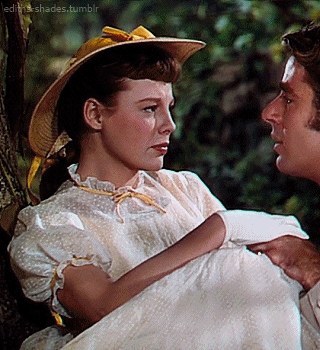
#little women#louisa may alcott#little women 1949#june allyson#janet leigh#elizabeth taylor#margaret o'brien#mary astor#peter lawford#leon ames#rossano brazzi#lucile watson#c. aubrey smith#elizabeth patterson#mervyn leroy#harry davenport#richard stapley#connie gilchrist#ellen corby#andrew solt#sarah y. mason#victor heerman#old hollywood#period drama#period dramas#costume drama
4 notes
·
View notes
Photo
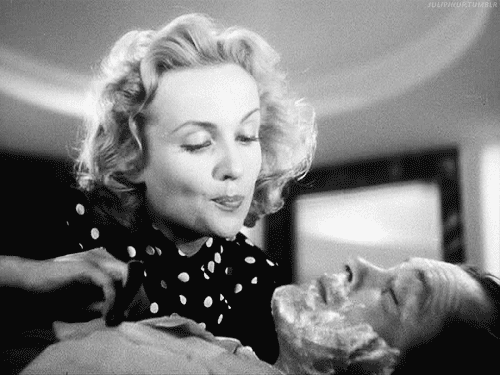
- If you had it all to do over again, would you still have married me?
- Honestly, no.
Mr. & Mrs. Smith, Alfred Hitchcock (1941)
#Alfred Hitchcock#Norman Krasna#Carole Lombard#Robert Montgomery#Gene Raymond#Jack Carson#Philip Merivale#Lucile Watson#William Tracy#Charles Halton#Esther Dale#Harry Stradling Sr.#Edward Ward#William Hamilton#1941
7 notes
·
View notes
Text
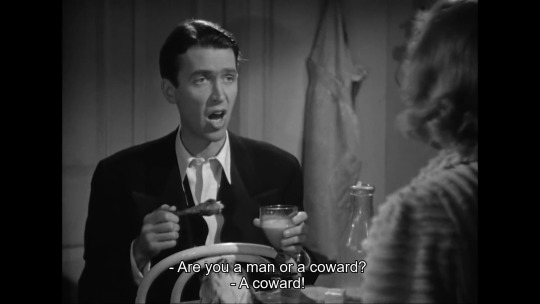
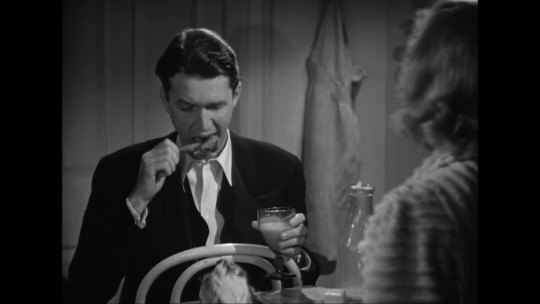
Made for Each Other (1939) dir. John Cromwell.
#Made for Each Other#John Cromwell#James Stewart#Carole Lombard#Charles Coburn#Lucile Watson#1930s#Films#Comedy#Old movies#Old films#Classic movies#Classic films#Old hollywood#Classic film#Classic Hollywood#Funny#Pictures#Dinner#Old#Black and white#Jimmy Stewart
10 notes
·
View notes
Photo

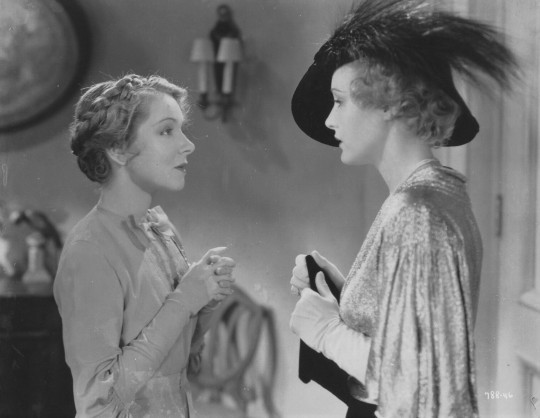

What Every Woman Knows (1934) Gregory La Cava
May 23rd 2022
#what every woman knows#1934#gregory la cava#helen hayes#brian aherne#madge evans#dudley digges#donald crisp#david torrence#lucile watson#henry stephenson#pre-codeish
3 notes
·
View notes
Photo




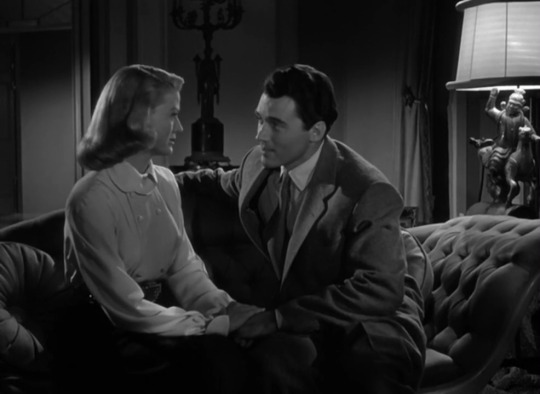

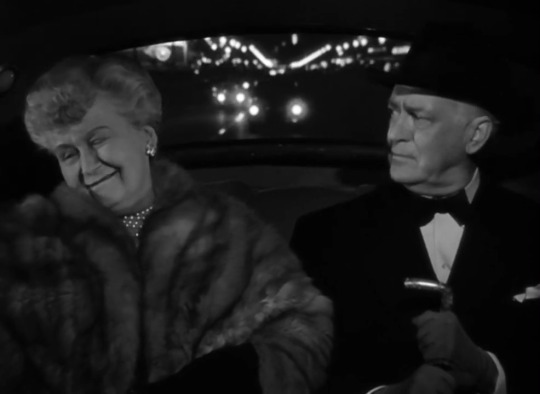

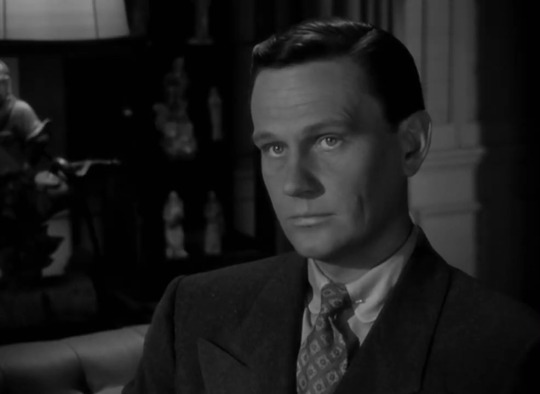

Harriet Craig (1950, Vincent Sherman)
5/29/22
#Harriet Craig#Joan Crawford#Wendell Corey#Lucile Watson#Allyn Joslyn#William Bishop#K.T. Stevens#Viola Roache#Raymond Greenleaf#Ellen Corby#drama#50s#Classical Hollywood#domestic#marriage#marital problems#housewives#control freaks#manipulation#deception#mind games#camp#neurosis#stage adaptation#jealousy
2 notes
·
View notes
Text
Waterloo Bridge, 1940, Is Playing on TCM on September 1 (USA)
Waterloo Bridge, 1940, is playing on Turner Classic Movies on Friday, September 1 at 10:15 a.m.
This was both Robert Taylor’s and Vivien Leigh’s favorite film. Waterloo Bridge cost $1,164,000.00 to make and made a profit of $491,000.00.
Robert Taylor was an inspired choice for the role… Not only does he have an imposing screen presence, but he brings the perfect mix of enlightenment, humor,…

View On WordPress
#Auld Lang Syne#Golden Era#Lucille Watson#Mervyn LeRoy#MGM#Robert Taylor#TCM#Turner Classic Movies#Vivien Leigh
3 notes
·
View notes
Text
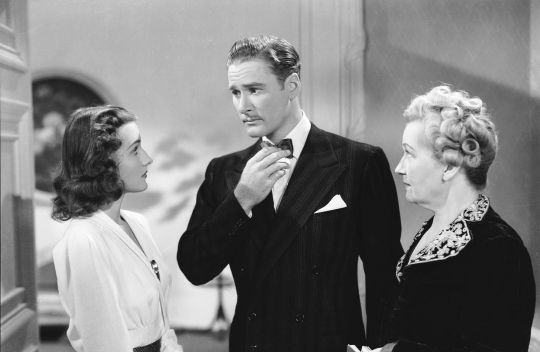
Errol Flynn, Brenda Marshall, Lucille Watson in "Footsteps in the Dark" (1941)
8 notes
·
View notes
Text

Harry Davenport as Bertram Charles, Lucile Watson as Mrs Charles, William Powell as Nick Charles and Myrna Loy as Nora Charles in a publicity still for Richard Thorpe’s THE THIN MAN GOES HOME (1945).
49 notes
·
View notes
Text

#Watch on the Rhine#Bette Davis#Paul Lukas#Geraldine Fitzgerald#Lucile Watson#Beulah Bondi#George Coulouris#Herman Shumlin#1943
2 notes
·
View notes
Text
Ivy
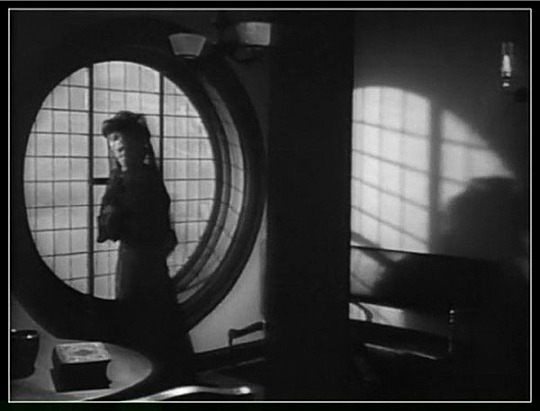
The credits for Sam Wood’s IVY (1947, Criterion Channel) play over an image of an urn containing flowers. At their end, the urn becomes a skull. That sets the tone for this gothic noir set in Edwardian England (the original novel by Marie Belloc Lowndes took place in the 1920s). It’s a visually scrumptious film, with producer William Cameron Menzies, a frequent Wood collaborator, supervising production design and even some of the camera set-ups. Joan Fontaine, often in white, looks the perfect young innocent. But she’s actually an ambitious schemer. Having run through husband Richard Ney’s fortune and tired of doctor lover Patric Knowles, she comes up with a plan to rid herself of both so she can seduce wealthy businessman Herbert Marshall. In the 1940s, her evil was so shocking it cost the film at the box office. Today, it seems like fitting revenge for saddling her with three such unmagnetic leading men. Charles Bennett’s screenplay starts with Fontaine presented as a Gothic victim. She’s covered in shadows when she visits a fortune teller (Una O’Connor) whose spooky presence seems to terrorize her. But when O’Connor advises her to dump her lover because she’s about to meet a man who can solve her problems, Fontaine perks up, and you realize how amoral she is. The actress looks terrific and has some fascinating flirtation scenes, though when she’s being duplicitous, she strays into the Joan Crawford school of energetic overstatement. None of the men are a match for her, but the film has some intriguing character women who more than hold their own, including Lucille Watson as Knowles’ mother, Sara Allgood as his nurse and Rosalind Ivan as Fontaine’s maid, a woman who can find the laughs in a mourning scene. Russell Metty did the moody cinematography, Orry Kelly and Travis Banton created the costumes and composer Daniele Amfitheatrof pours on the harpsichord whenever Fontaine does something particularly evil.
#film noir#gothic melodrama#joan fontaine#sam wood#william cameron menzies#lucille watson#sara allgood#rosalind ivan#orry kelly#travis banton#russell metty
1 note
·
View note
Text

''MY REPUTATION'' (1946) Directed by Curtis Bernhardt. Starring Barbara Stanwyck, George Brent, Warner Anderson, Lucile Watson, John Ridgely, Eve Arden, Jerome Cowan, Esther Dale, Scotty Beckett, Bobby Cooper.
Barbara Stanwyck portrayed Jessica Drummond, an upper-class widow from Chicago who innocently falls in love with an army officer (George Brent), much to the consternation of her gossipy friends and domineering mother (Lucile Watson) who causes scandal in her conservative community feeling it's too soon. Her romance also pits her against her two teenage sons (Scotty Beckett and Bobby Cooper).
The film was made in 1944 and generally released in 1946. Edith Head was borrowed from Paramount to design Barbara Stanwyck's costumes. Barbara considered this her favorite film.
Kevin Wedman, Warner Bros.—First National Pictures group, Facebook
12 notes
·
View notes
Text

Made for Each Other (1939) dir. John Cromwell.
#Made for Each Other#John Cromwell#James Stewart#Carole Lombard#Charles Coburn#Lucile Watson#1930s#Films#Comedy#Old movies#Old films#Classic movies#Classic films#Old hollywood#Classic film#Classic Hollywood#Funny#Pictures#Dinner#Old#Black and white#Jimmy Stewart#Cooking#Recipe#Love
1 note
·
View note
Text
Palace releases never before seen pictures for Princess Eliana and Kaleb Watson's 5 year wedding anniversary
Ashington Palace (home of Princess Eliana The Princess Imperial, Marchioness of Aellyn and Kaleb Watson The Marquis of Aellyn) released never before seen photos from their wedding. The pictures show the new Marquis and Marchioness of Aellyn with their families in the throne room of Ashington Palace which has been the Princess' official home and office since she came of age.
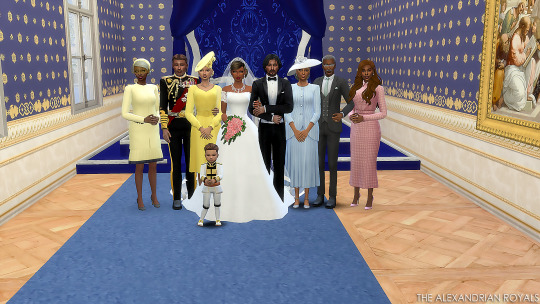
back row L-R HIM The Dowager Empress, HIM The High King, HIM The High Queen, HIH The Marchioness of Aellyn, The Most Honorable The Marquis of Aellyn, Mrs. Lucille Watson (groom's mother), Mr. Byron Watson (grooms father), Miss Leanna Watson (grooms sister) Front Row: HIH Crown Prince Reginald

Kaleb Watson who has chosen not to use the title Marquis of Aellyn unless accompanying his wife on her official duties has continued to work as a lawyer and was just recently made partner at the law firm he has worked for since before meeting the Princess. The couple does share one son His Royal Highness Prince Kaidan.
(Eliana and Kaleb have their own blog! Check it out @theaellyns)
#ts4blackroyals#ts4 royal family#ts4 royalty#ts4 royal simblr#ts4 royal legacy#ts4 monarchy#theaellyns#chapter 2
15 notes
·
View notes